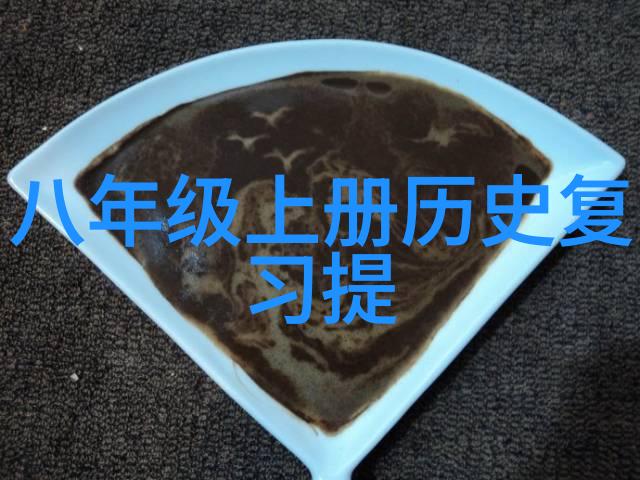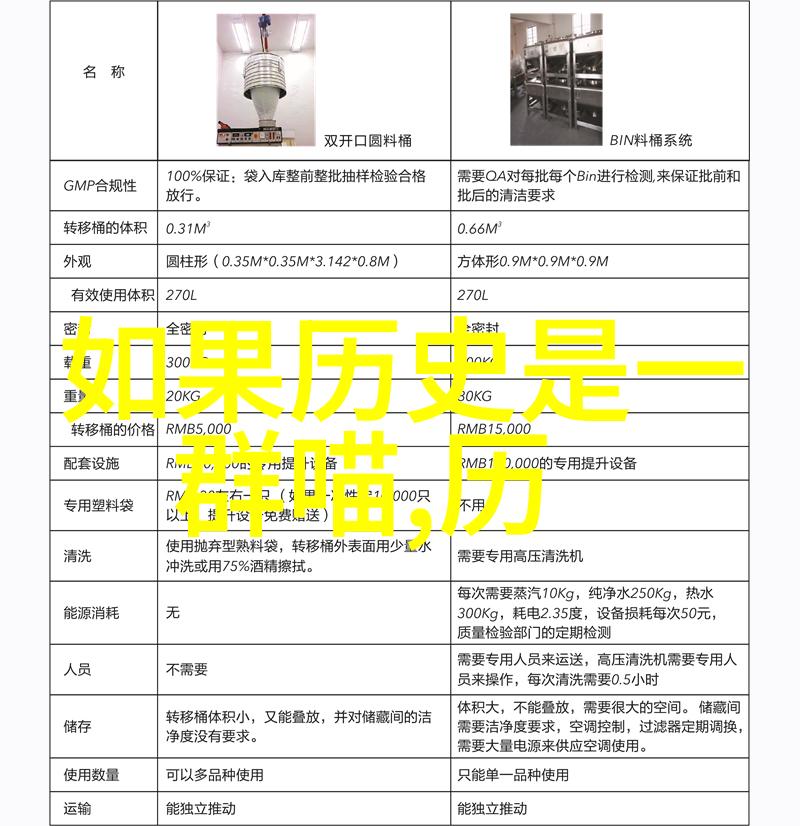Introduction

Red wine has long been a symbol of luxury, sophistication, and cultural heritage. With its rich history and diverse varieties, red wine has become an integral part of many cultures around the world. As the demand for high-quality red wines continues to grow, so does the need for effective branding and protection of intellectual property rights. In this article, we will explore the different categories under which red wine trademarks can be registered and provide guidance on how to choose the right one for your brand.
Understanding Trademark Categories

Before diving into specific categories related to red wines, it is essential to understand that trademarks are classified based on their goods or services. The most commonly used classification system is the Nice Classification (NCL), which divides trademarks into 45 classes based on their primary function or purpose.
For example:

Class 33 covers "alcoholic beverages other than beer"

Class 32 covers "beverages" in general
Class 30 covers "coffee; tea; cocoa"

While these classes cover various types of beverages, they do not specifically address red wines as a distinct category within themselves.
Why Red Wine Trademarks Need Their Own Category
Despite being covered under broader beverage-related categories like class 33 or class 32, registering a red wine trademark requires more than just including it in one of these general classifications. This is because specific aspects such as geographical indications (GIs) play a significant role when protecting unique characteristics associated with certain regions' terroirs.
Terroir refers to all environmental factors that influence grape cultivation and contribute significantly towards producing distinctive flavors in red wines – factors such as soil composition, climate conditions at specific altitudes and latitudes combined with local traditions practiced by winemakers across generations.
The concept of GIs helps protect those particular regional qualities from imitation by ensuring that only products produced within defined geographic areas can bear labels like 'Champagne' or 'Porto'. By doing so, GI's help maintain consumer trust while also safeguarding producers' investments made in developing unique styles over time.
In summary: while broad beverage-related classifications might seem sufficient initially but understanding GIs & Terroir highlights why specialized categories should exist especially when dealing with premium quality products like fine artisinal cheeses & craft beers alike
[To be continued]




